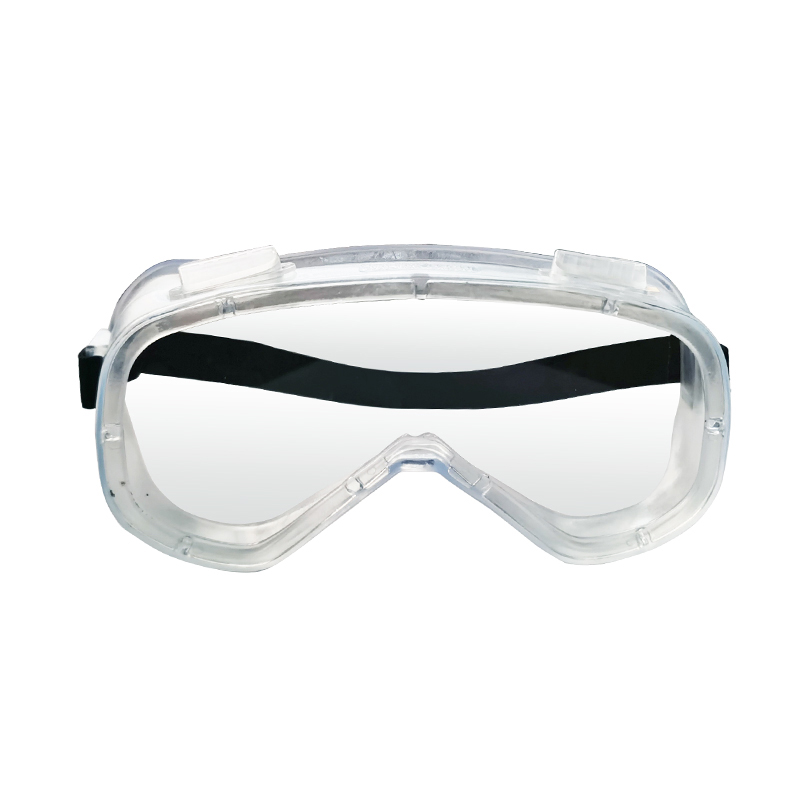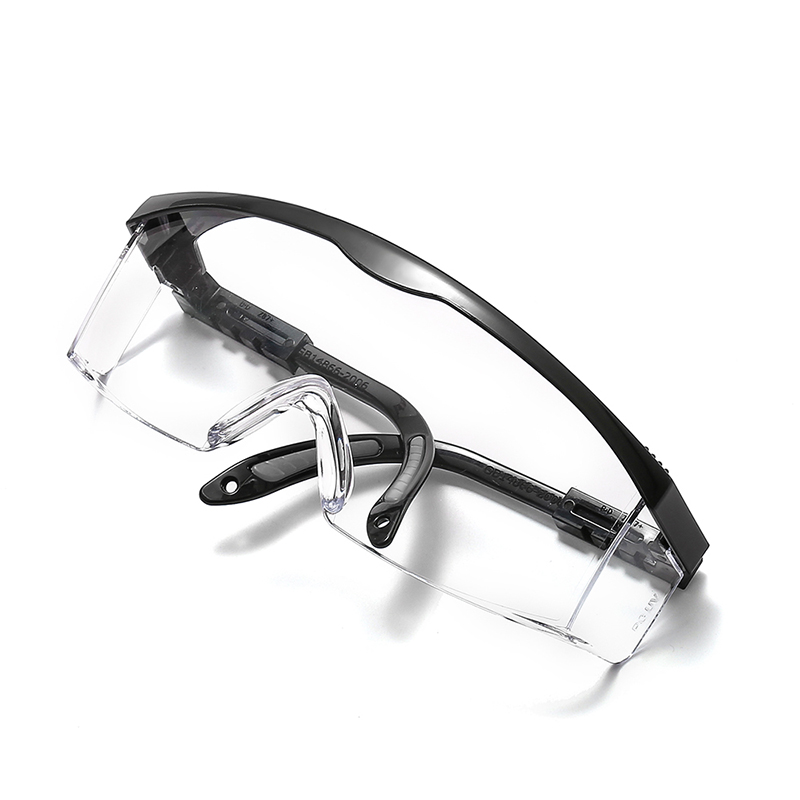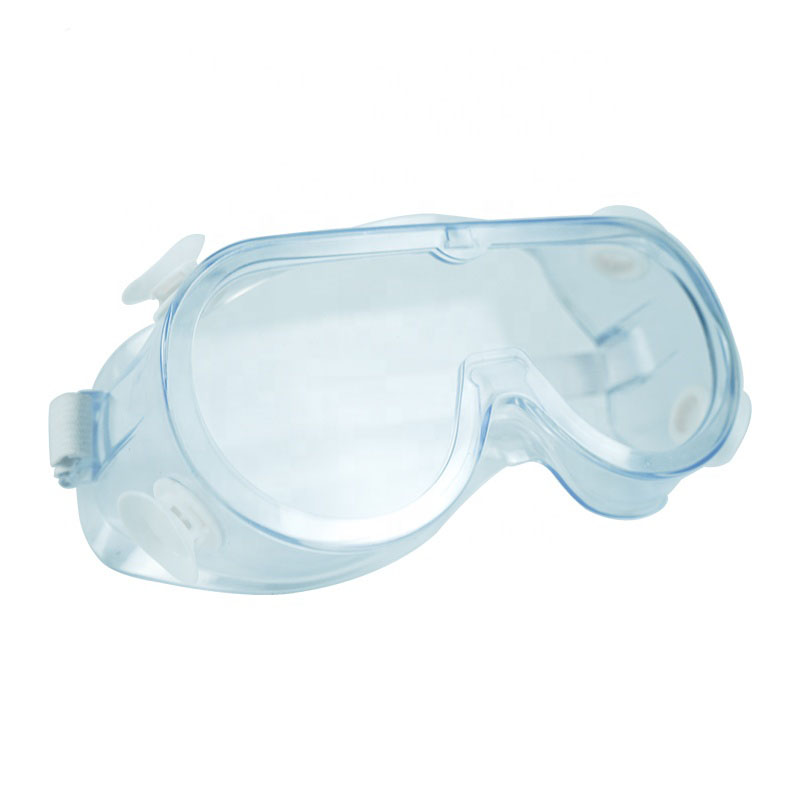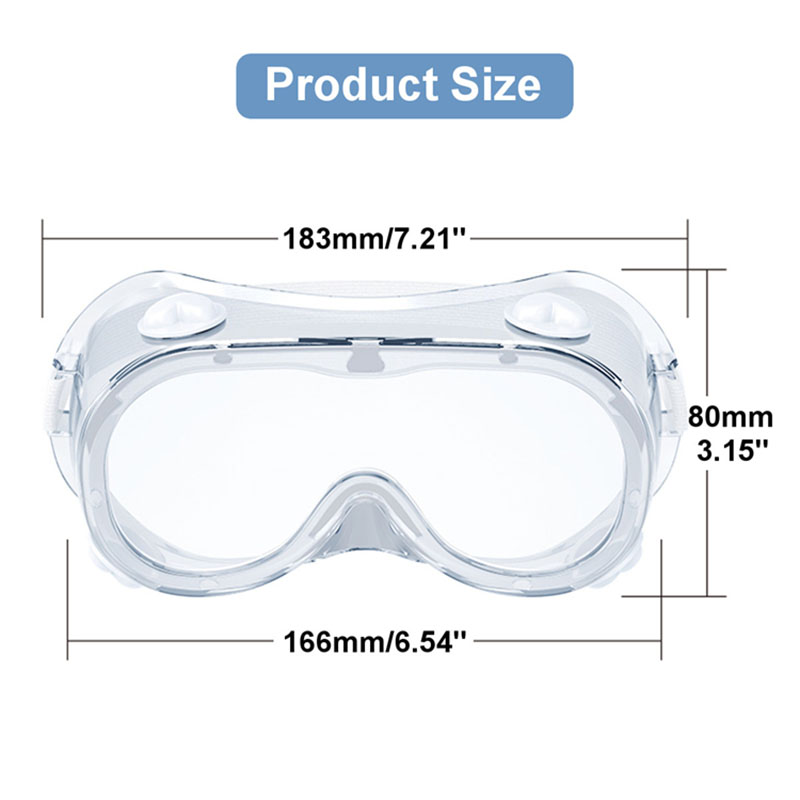At present, experiments in popular fields such as biomedicine and neuroscience are based on a large number of animal experiments, so it is necessary to perform surgery on animals. The identification and proper use of various surgical instruments is not only related to the cultivation of operational ability and the success or failure of experiments, but also lays a foundation for the completion of animal surgery in the future. The types and uses of commonly used surgical instruments are briefly described below. (a) scissors (B) scalpel <br> Physiological experiments used to cut the skin, periosteum and organs. When using, you can choose the appropriate knife method according to the requirements of the operation. (3) Hemostasis <br> Hemostasis is divided into straight pliers and curved pliers and large, medium and small specifications, and is divided into two types: toothed and toothless. The toothed one is used to hold the skin, and the toothless one is used to separate the subcutaneous tissue, muscle and peritoneum, in addition to hemostasis. (4) Surgical é•Š <br>There are various specifications for round and pointed, toothed and toothless, large and small. The gums are used to hold tough tissues such as skin and ligaments. The spurs are used to hold weaker tissues such as blood vessels, nerves, mucous membranes, and the like. There is also a smaller ophthalmic file for holding soft tissue in fine structure. (5) Needle holder: The needle holder is used to hold the proximal end of the suture needle at 1/3. (6) Bone scissors and rongeurs: Bone scissors and rongeurs are used to open the cranial cavity, the marrow cavity and the bones when the spinal cord is exposed, and the ends of the ribs are trimmed when the chest is opened. (7) Skull Drill: The skull drill is used to drill holes during craniotomy. Note: 1. Frog surgical instruments: rough scissors, tissue scissors, ophthalmic scissors, tissue sputum, ophthalmology scorpion, frog frog needle, zinc bronze bow, frog heart clip, frog board, 2 glass minute hands, 4 pushpins, silk thread 1 volume. 2, mammalian surgical instruments: scalpels, coarse scissors, tissue scissors, tissue sputum, ophthalmology sputum, ophthalmic scissors, a straight hemostasis, curved hemostats, mosquitoes, hemostatic forceps, two, tracheal intubation, glass minute hand, Tethered rope, silk thread. It can prevent some medicine or blood from splashing on the face, thus protecting the eyes. This kind of glasses is generally used in conjunction with masks and surgical caps to fully protect the doctor's head.
4. The breathability must be good, generally there are vents
Protective goggles,disposable medical equipment,personal protection,daily protection Shanghai Rocatti Biotechnology Co.,Ltd , https://www.ljdmedical.com
1. Surgical scissors (tissue scissors): There are two types of straight and curved, and they are divided into round and pointed. Surgical scissors are used to cut soft tissue such as sarcolemma, superficial fascia, nerves and blood vessels; they can also be used to cut surgical lines.
2, ophthalmic scissors: used to cut soft tissue such as nerves and blood vessels in a small range. Trimming, hair and tough structures are prohibited.
3, coarse scissors (ordinary scissors): can be used to cut the skin, frog bones and limbs and other tough structures, or in the experiment for miscellaneous. 
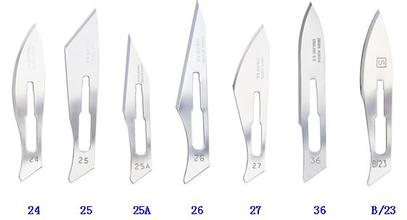

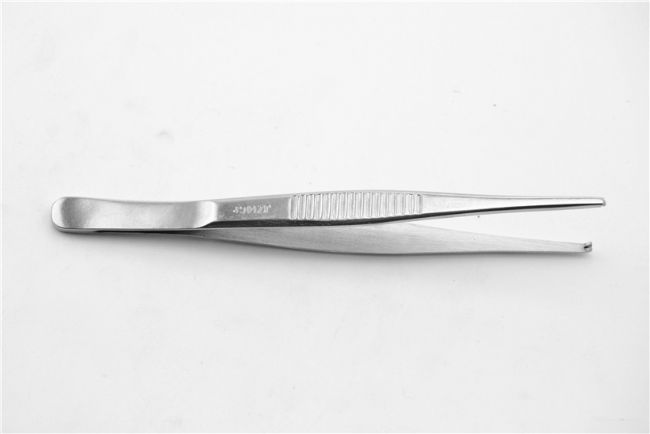
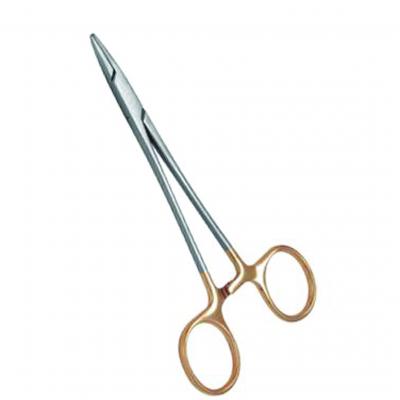
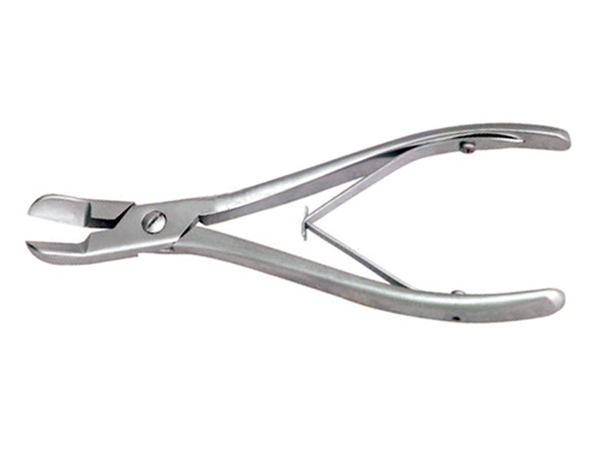

[Functions of medical eye masks]
1. Prevent blood, potion and other liquids that cause damage to the skin from causing unpredictable damage to the eyes.
2. It can prevent the impact of objects on the eyes during close surgery.
3. The inner space of the eye mask is large enough for doctors who wear myopia glasses.
